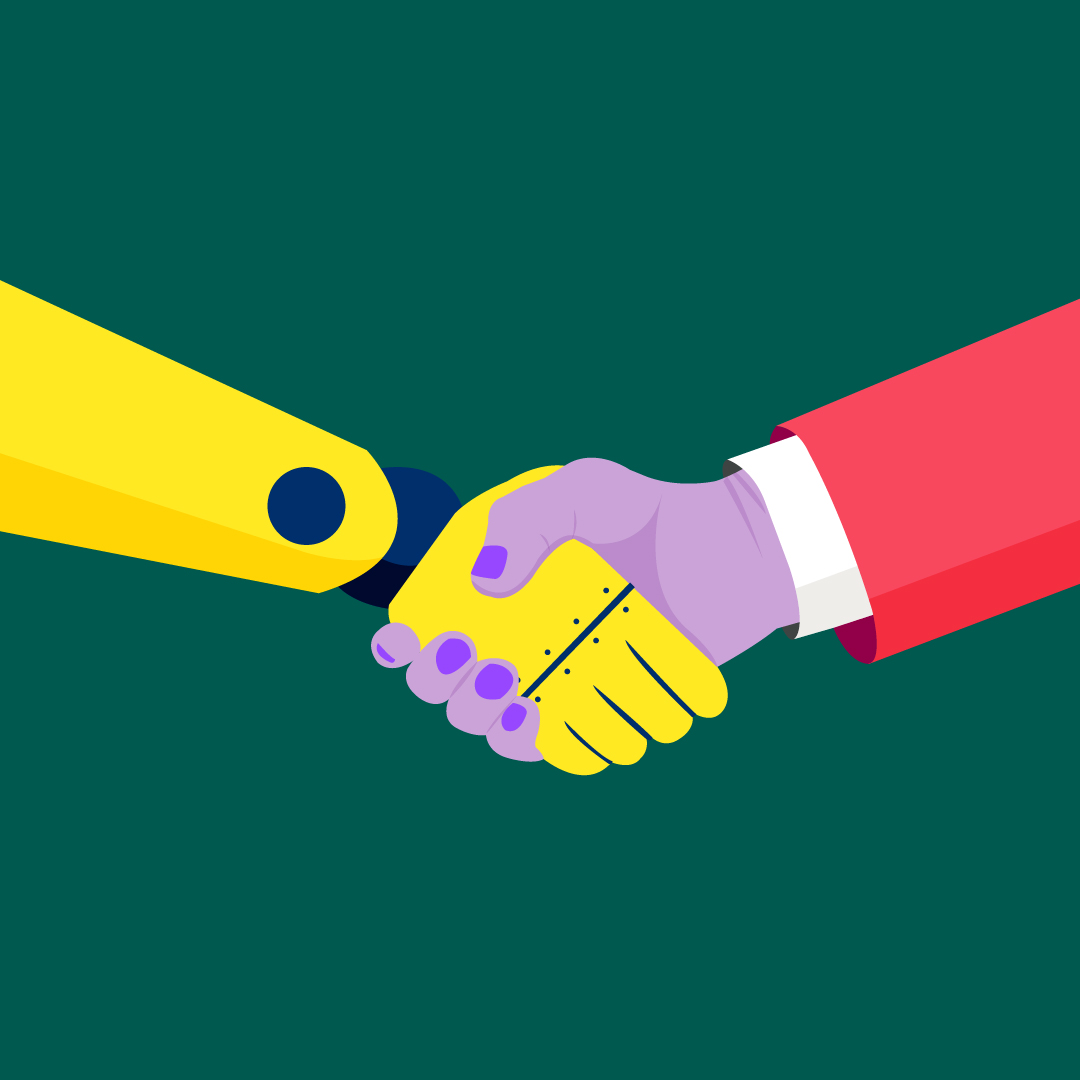Keeping brands human in the age of AI
Here’s how to keep brands human in the age of AI:
AI as an enhancement, not a substitute
Artificial intelligence should be used to support — not replace — human creativity. Tools like ChatGPT can scale content production, analyze data, and generate ideas. However, true resonance comes from human-centred stories and authentic voices. AI content should never speak for your brand; instead, use it to enhance human insights.
Storytelling as a strategic advantage
Many brands rely on fully generated content, missing storytelling’s unique power. Forbes describes the “essence of a human brand” as personality as much as positioning. Campaigns like Dove’s Real Beauty succeed because they highlight everyday challenges, creating an emotional purpose for audience engagement.
Humanising social media
Consistency in brand values and tone should extend to your social presence. This might include personal replies to comments, employee spotlights, or celebrating user-generated content. Genuine interactions build stronger brand connections than scripted automation.
The emotional power of visual design
Colour and typography aren’t just aesthetic choices — they carry emotional weight. Blue conveys trust, red signals passion, and yellow evokes optimism. Fonts also communicate personality: serif fonts suggest tradition and reliability, making them ideal for law firms or established institutions. Combining colour and type strategically can create a visual identity that amplifies your brand’s emotional impact.
Authenticity as a competitive advantage
AI will continue to transform industries, but the real challenge is staying human. Brands that embed emotion into their narratives and prioritise genuine connection will stand out in an automated world. Human connection isn’t just a creative preference — it’s a business essential.
Ultimately, to stay human in the age of AI, brands must use technology to enhance – not replace – authentic storytelling, emotional design, and genuine connection.
Want to maintain brand authenticity in the age of AI?
Connect with one of brand specialists: Duncan Shaw in New York, Greg Hobden in London or Aliena Lai in Hong Kong to find out how.

Related insights
Our latest insights, directly to your inbox




